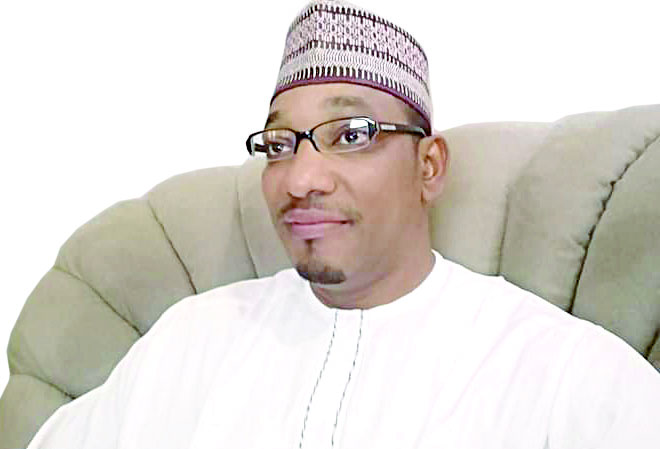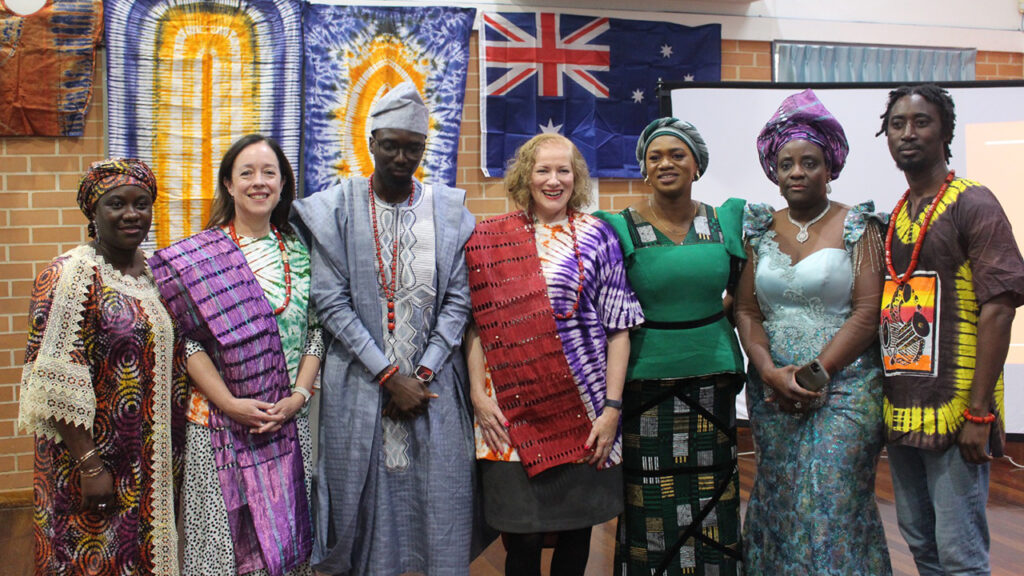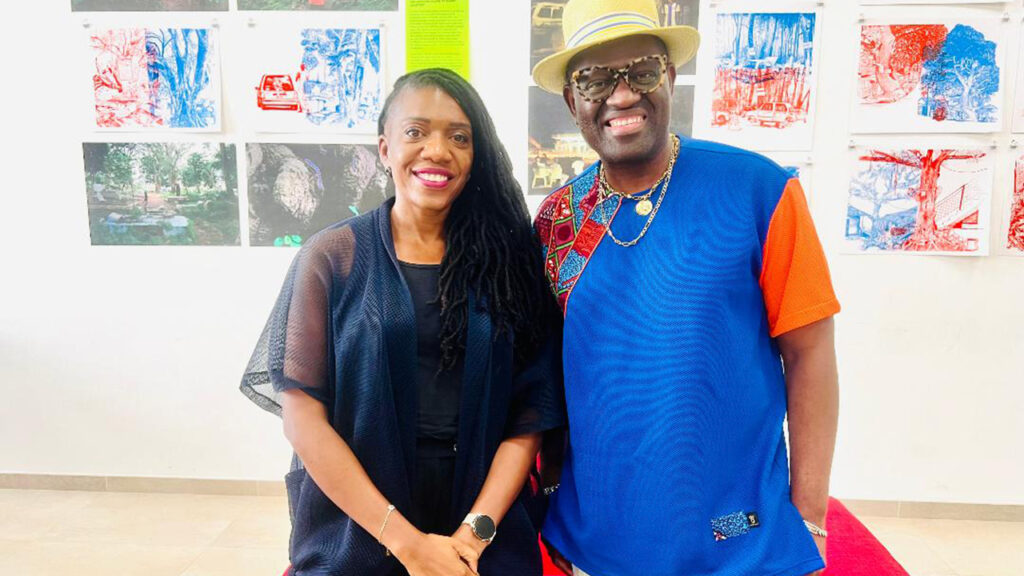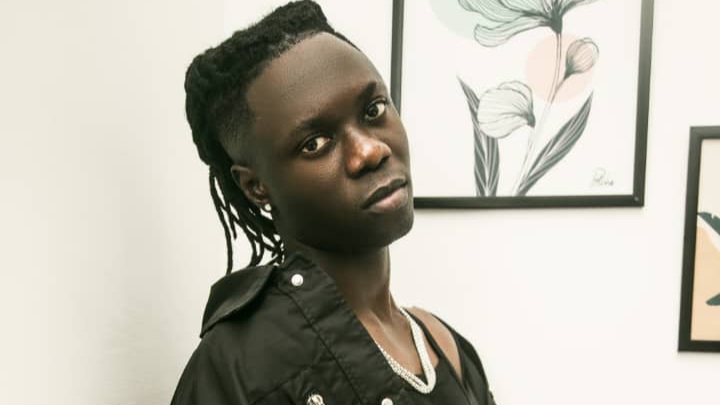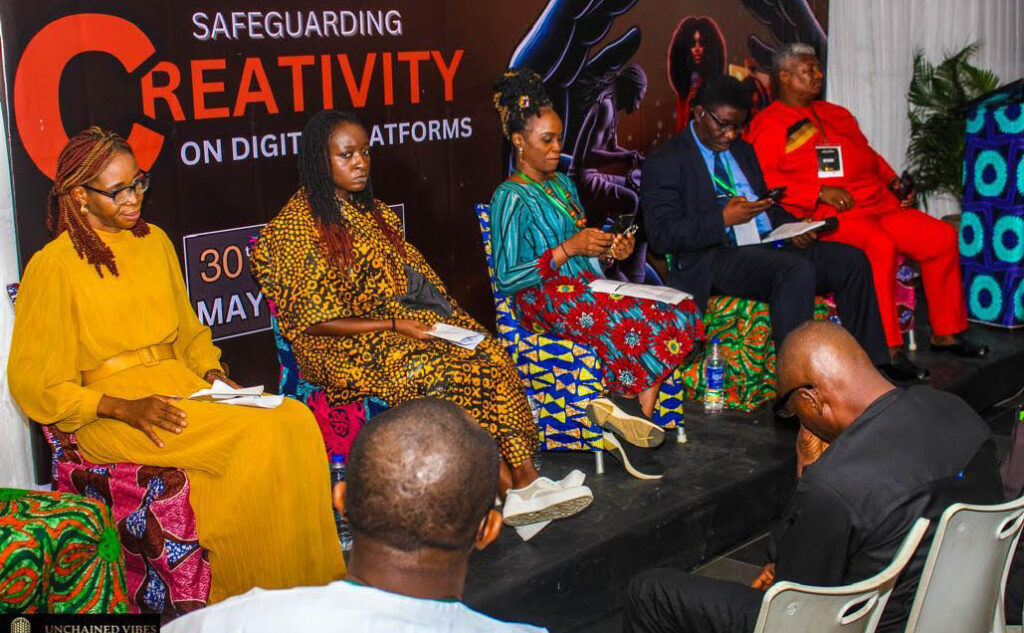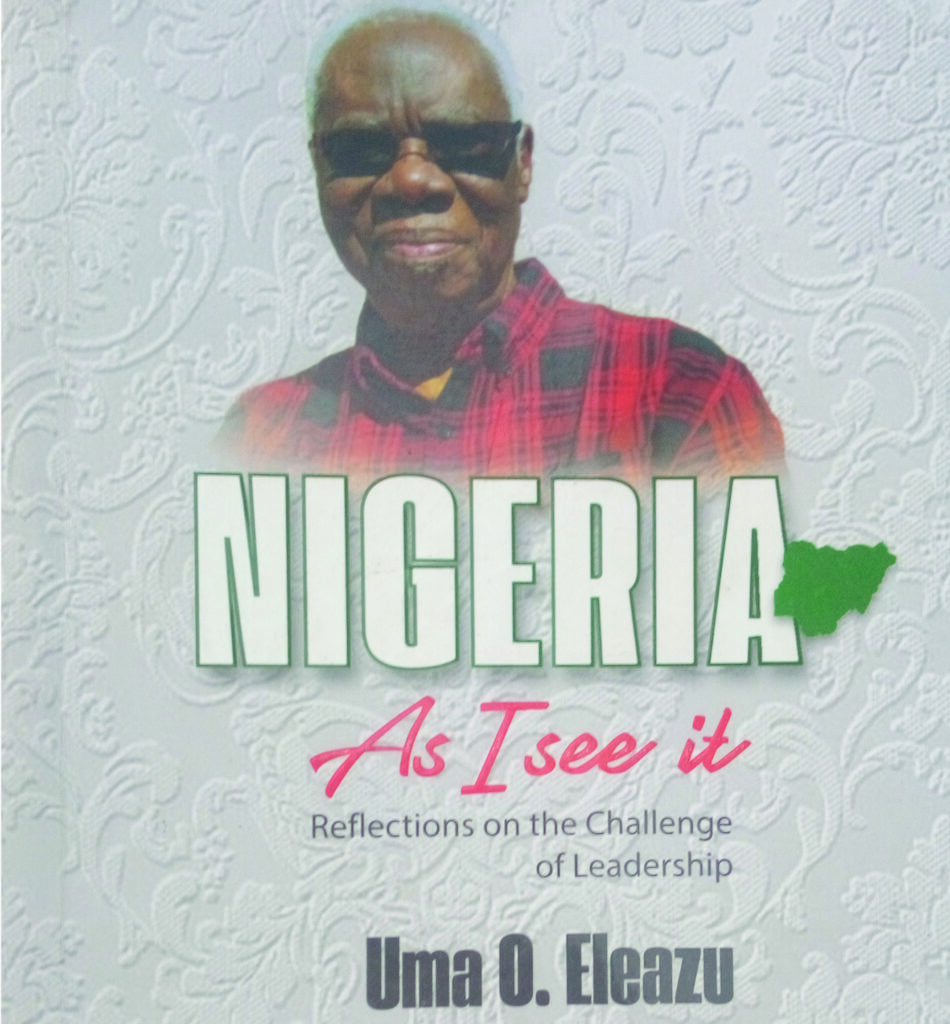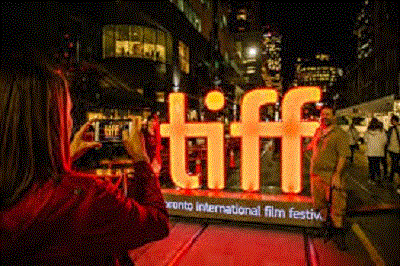
You might have forgotten — or pretend to forget — what happened between 2015 and 2019: The loud outcry of stakeholders for substantive director generals and chief executives in culture sector.
Alarmingly, the substantive DGs as at when new appointments were made in 2020 included Otunba Olusegun Runsewe (National Council for Arts and Culture), Comrade Tar Ukor (National Troupe of Nigeria) and Alhaji Adedayo Thomas, chief executive of National Film and Video Censors Board (NFVCB). The General Manager of National Theatre, Dr. Stella Oyedepo, had earlier passed on in a ghastly motor accident, may the Lord rest her soul.
The culture sector was all motion without movement as acting chief executives could not do more than the brief enshrined in their portfolios. Thus, within a period, National Gallery of Art (NGA), National Institute for Cultural Orientation (NICO), Centre for Black and African Arts Civilisation (CBAAC), National Commission for Museums and Monuments (NCMM) and National Theatre were just there.
But in August 2020, government changed the narrative and there was hope again for that sector. Three years after, it seemed that those appointments were Buhari’s greatest disservice to the sector. It was glaring that some of these chief executives lacked the zeal to drive the parastatals.
Sodangi must know this
As a private sector person, you must know this: NGA, as an autonomous parastatal, has not quite lived up to its mandate and has virtually failed to meet the expectations of the Nigerian and international art worlds.
Many of the gallery’s staff will look back to NGA’s glorious past, when it was able to execute major programmes. There’s low morale of staff, and currently tested hands have gone on retirement.
Many are worried over the seeming doldrums and fatigue that have taken over the visual art sector in recent times, noting that once upon a time, NGA was very vibrant hosting major events such as African Regional Summit and Exhibition on Visual Arts (ARESUVA), Art Expo and others.
Most followers of the sector would blame the absence of real art programmes in the events roster of NGA. Some who point at the insufficiency of artists in the work force of the agency. Others would finger the absence of a national gallery structure. There are still those who would blame poor funding; unending bickering within the organisation; dearth of research and publications which used to be the biggest foot forward of the Gallery as well as failure of NGA to put up art exhibitions locally and internationally. The issues are multiple.
Last year, NGA could only hold Abuja international art fair in collaboration with private galleries in the capital city; Lagos Art fair in collaboration with Yabatech; Enugu Art Fair in collaboration with IMT and Rainbow Art.
Since the 2020 yearly lecture delivered by the painter, scholar and Professor at the Ahmadu Bello University (ABU), Jerry Buhari, no one has been organised again.
NGA has to justify its place in the country’s economic drive, and as the minister of Art, Culture and Creative Economy, Hannatu Musawa, noted: “The creative industries are the heartbeat of the new economy, serving as an engine of economic growth, a catalyst of change and a generator of employment opportunities. We are uniquely positioned in this great nation, endowed with an abundance of human capital and boundless possibilities.”
But getting an edifice for NGA should be the main challenge before you now. Stakeholders are saddened by the fact that so many works in the collection of NGA (about 3000) are cramped in an unconducive environment and lack the space to be properly displayed. Many have flaked and are still flaking owing to poor storage. This is an open demonstration of disregard for the value of fine art, despite the achievements of Nigerian artists at home and overseas since the country’s birth in 1914.
The National Gallery of Art (NGA) was established as a parastatal by Decree No. 86, 1993 and the 2004 (Amendment Act). This was in fulfillment of the provisions of Nigeria’s Cultural Policy launched in 1988 in accordance with the recommendations of the committee of patrons of the World Decade for Cultural Development (WDCD) approved by UNESCO.
This decision was later reaffirmed by the report of the Vision 2010 Committee to which the National Gallery of Art presented a memorandum in 1997 and the Ahmed Joda Panel in 2000.
For the estimated 400,000 people who work in the visual art sector, with figures expected to reach 1.2 million next year, there is no place that could be called a National Gallery in Abuja. The staffers remain holed out in two floors in National Secretariat, Abuja.
DG, for your attention:
A national edifice is able to rescue masterpieces of a country’s creative endeavours transfer them to future generations their tangible and intangible cultural value. It is a repository of artworks that by their nature require dedicated and appropriate spaces for storage, display and access for educational purposes, tourism, and celebration of human civilisation.
In the Ninth Assembly, there was intense lobby by the Gallery for it to be one of the beneficiaries of the Economic and Financial Crimes Commission (EFCC) seized property dotting the streets of Abuja, till date nothing happened and yet you expect the gallery to drive the vision.
Without a national gallery there is little NGA can do to drive the creative economy vision of government, especially now that Nigerian art continues to gain global attention and command staggering fees on the domestic and international markets. The non availability of such facility is a huge setback to the growth of Nigerian art and artists.
This development comes against the backdrop of; an increasing representation of artists by professionally-run galleries specialising in art from the African continent; more appearances by Nigerian artists at major fairs, biennales and festivals, all over the world, more artists studying at prestigious international institutions; and critical text, well distributed to new audiences through alternative channels including social media.
Culture workers will expect you to bring innovation, passion, and uncommon creativity to changing the country’s culture creative economy narrative.
The accomplished artist, Bona Ezeudu, noted that one of the reasons the sector is not moving forward is that much of culture administrators are not interested in arts. “They are just after what they can get. The truth is: they are not helping posterity.”
The respected artist said, “what we have as an agency is an insult to the society. They are not doing anything. They don’t even know their direction. NGA appears more like just providing jobs for the boys. I have always made a boast that if I can be given 50 per cent of their budget and will replicate what I have in five states. In Enugu, they have over 50 staff crammed in one small office. The staff come may be two times in a week.”
Said the travel journalist, Frank Meke: “The renewed hope agenda of this administration is not about hosting conferences just to corner the president’s attention, but to go out there and touch the lives of Nigerian people. It’s not a game of catwalk or painting lips to showcase vanity.”
In the last few years, there has been lack of inclusivity of major stakeholders in the programmes of NGA, according to Chuka Nnabuife, a fellow of the Society of Nigerian Artists (FSNA) and former National Secretary of SNA, “NGA and the visual arts seemed not to have been on one page in the past one decade or more.”
Many pundits who claim to know the cause tend not to offer solutions.
“Of what use knowing an ailment very well without knowing its cure?” he asks.
Sources within the gallery will tell you that artists and their umbrella association, SNA, have seem to have abandoned the agency. Leaders of SNA and fellows of the profession would lament that NGA has turned its back on the practitioners, so, the visual arts sector is like a big house of non-collaborating inhabitants. Everybody is on his own as nobody cares about anybody.”
In NGA, as in the entire visual arts sector, the last half decade, for example, recorded the lowest number of activities and interventions since Nigeria’s Independence.
The COVID-19 pandemic of 2019 through 2020 was devastating on the sector which characteristically, thrived mainly on rallying people together in one venue to savour artistic presentations.
The visual arts sector is gradually recovering from the terrible blow of COVID-19 but it is visibly down. It urgently needs a spur, in the form of avantgarde art projects; revolutionary artists; creation and cultivation of new markets, collectors and engaging showcases; but very importantly a very art-friendly NGA.
A vital tool set for reviving the sector is through an NGA that understands and dynamically adapts to global in art and culture management.
The gallery must begin to look elsewhere, to the still untapped yet increasingly robust private sector for leadership, to help change what remains a national embarrassment.
When the former Director General of National Gallery of Art, Mr. Ebeten Ivara, came in 2020, he was full of promises. Each interview he conducted, it appeared that the Gallery would soon become the go-to parastatal in Nigeria.
He said the poor visibility the agency has faced is as a result of the extant act establishing it. According to him, the Act has made it difficult for the agency to fully harness its potential. He, therefore, pledged commitment to ensuring that the process of amendment of the Act, which has passed second reading at the National Assembly, is followed vigorously. In an interview he granted The Guardian, he said:
“I want to state clearly that NGA has not been able tap its potential. This is not because subsequent chief executives did not try hard enough. Indeed, I commend their untiring efforts to make NGA a viable entity.
“But they were hamstrung by the very Act establishing the parastatal which made it service oriented and not revenue driven.”
Ivara noted that having studied the situation carefully, he was convinced that amending the Act will be a starting point in making NGA contribute meaningfully to the general well-being of artists in the country as well as generate revenue for the Federal Government.
“Efforts made by NGA in the past in this direction will be fast tracked under my leadership to ensure the amendment sails through. I intend to carry along all stakeholders especially the Society of Nigerian Artists (SNA), Association of Gallery Owners of Nigeria (AGAN), collectors, teachers and even students.”
Once the amendment is effected to the old Act, the DG said one of the first steps would be statutory embellishment of public buildings and bridges with works of art.
“A particular percentage of the construction cost would set aside for that purpose,” he stated. He listed further benefits of the act, when amended, to include engaging visual artists in urban and rural areas productively to produce art works for this purpose of embellishing public structures and bridges alone; explosion in studio practice; increase in visual art practice, entrepreneurship and mentoring.
“It will also facilitate the release of the much needed fund to reposition visual art as a viable discipline for young people to embrace and enable it contribute broadly to Nigeria’s GDP,” he said.
On the lingering quest for a standard gallery, he decried that Nigeria appeared one of the few countries in Africa and the world that lacked befitting edifice as its national gallery.
“The result is that most of the art works in the national collection are kept in unconducive environment. “Just last week when I toured offices of NGA here in Abuja, I was shocked when I saw how the few art works were crammed in a store. I can only imagine the state of most of our art works in the store on Entrance B of National Theatre, Lagos.
“This situation cannot continue. I am determined to ensure that NGA gets a befitting edifice at the shortest possible time.
“Besides having a conducive environment to display our art works, visual artists will now have alternative spaces to exhibit their works. In the same vein, government will begin to earn revenue as fees will be charged visitors who come to view the art works on permanent and temporary exhibitions.”
To facilitate this process, he said the past management of NGA had met with the committee in charge of recovering of stolen funds and property as well as the Economic and Financial Crimes Commission (EFCC) to see if any of the properties permanently forfeited would be released to the agency.
According to him, the removal of former EFCC boss halted the process. He, however, assured that talks will soon resume with the new boss to see whether a befitting structure will be released to the agency. The D.G also assured that sculpture garden would be made available for sculptors to work.
But three years after, nothing happened to all the promises of Ivara.
At a forum organised in Abuja, which aimed at charting a new course for the National Gallery of Art (NGA), stakeholders in the creative industry tasked the National Assembly to give priority attention to the speedy passage of the new bill that seeks to amend its establishment act.
They argued that once the bill is amended and signed into law, it would make the NGA a revenue generating agency. The NGA was established as a parastatal (Federal Government agency) by an enabling act (Decree No. 86) of August 1993, which was later, amended in 2004.
The decree, which established the gallery, gave it responsibility for the collection, preservation and presentation of modern Nigerian visual art.
The proposed bill aims to “repeal and re-enact the NGA Act, Cap. N41 Laws of the Federation of Nigeria and other related matters.” The bill was first mooted in 2008. Hon. Tunde Akogun of the Federal House of Representatives sponsored it.
The contentious issues then were: “Every public building and structure of the Federal Republic of Nigeria shall be embellished with contemporary visual work of art.”
The bill noted that such artworks “shall depict the purpose for which the building or structure was built or reasonably relevant thereof. And to democratise the process of defining contents of art for public buildings, the proposed law recommends that: ‘Embellishment Committee be established under this Act’.”
Also, included in the bill, among others, is the definition of resale rights for an art piece across primary and secondary markets.
Some other contentious issues include, the commercial value accrued to artist when their works move from one collector to another in resale context and that an artist must hold the office of Director General of the NGA, artists’ representation on various board and committee of NGA and exportations of contemporary artworks.
The bill also says: “The Director General shall be a person with not less than 15 years experience in professional art practice or culture administration.”
It recommends that “every contractor engaged to build public building or structure shall pay five per cent of the gross contract sum to the embellishment Fund established under this Act.”
The proposed document states further: “Any public building or structure on commencement not complying with the foregoing sections commits an offence, which on conviction shall attract one year imprisonment or a fine of 10 per cent of the gross contract sum or both. Non-compliance shall not be complete unless there is: Evidence of embellishment from the National Gallery of Art Act, endorsed by the Chairman of the Embellishment Committee.”
Its first reading/public hearing was on November 16, 2010. The bill scaled the first and second reading at the House of Representatives before it got scuttled at the public hearing due to disagreement between NGA and Society of Nigerian Artists (SNA).
On Friday, August 20, 2021 in Lagos, the management of NGA began a retooling process for the bill. The gallery, on that day, inaugurated a harmonisation committee to chart a new path to amending the act.
This second attempt, which is in partnership with SNA, according to the Director General of NGA, Mr Ebeten William Ivara, is to harmonise the different positions of NGA and SNA before moving to the critical stage at the National Assembly.
Speaking at the inauguration of the Joint Working Committee on the harmonisation of NGA’s Establishment Act for Repeal and Re-enactment, Ivara noted that the consensus was that NGA must be armed with the right tools to face the challenges of the 21st century.
“This means reviewing the act establishing it…NGA has to transit from a service oriented agency to that of revenue generation,” he said.
According to Ivara, once the bill is passed into law, the benefits will include engaging visual artists in urban and rural areas productively almost all the year round to produce at works for the purpose of art embellishment alone as well as residual income for artists from royalties.
Other benefits are explosion in studio practice, increase in visual art practice, entrepreneurship and mentoring, release of the much needed fund to reposition visual art as a viable discipline for young people to embrace, visual art will contribute to Nigeria’s GDP, and the building of gallery edifice in Abuja and other geo-political zones.

